Home>Garden Essentials>How To Start A Mango Seed
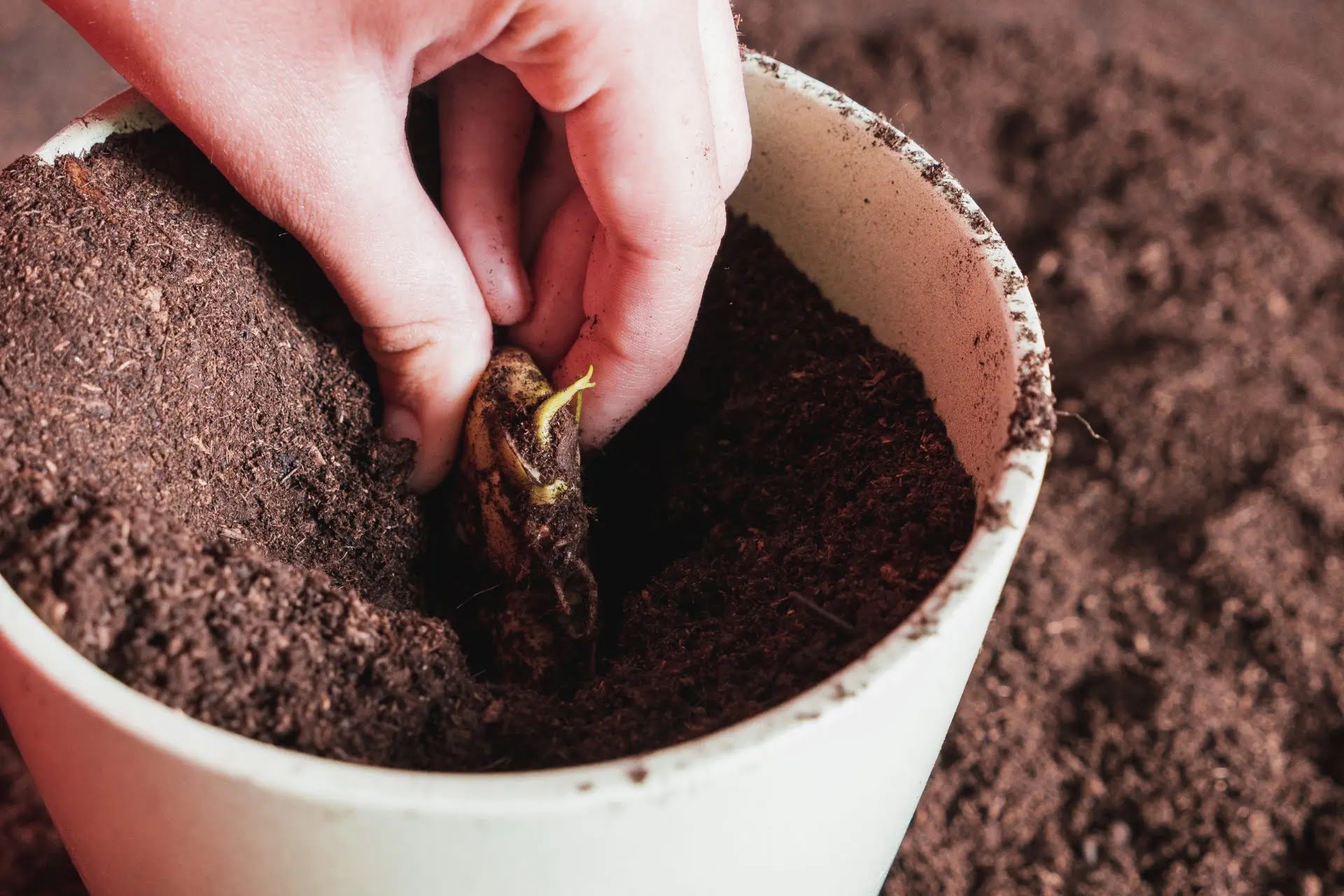

Garden Essentials
How To Start A Mango Seed
Modified: March 15, 2024
Learn how to start a mango seed in your garden and grow your own delicious mangoes. Get step-by-step instructions and expert tips for a successful harvest.
(Many of the links in this article redirect to a specific reviewed product. Your purchase of these products through affiliate links helps to generate commission for Storables.com, at no extra cost. Learn more)
Introduction
Starting a mango tree from a seed is not only a rewarding endeavor but also a fun and satisfying way to grow your own fruit. Mangoes are delicious tropical fruits that are rich in nutrients and flavor. By following a few simple steps, you can successfully germinate a mango seed and nurture it into a thriving tree.
In this article, we will guide you through the process of starting a mango seed, from gathering the necessary materials to caring for the tree as it grows. So, if you’re ready to embark on a journey of growing your own mango tree, read on to discover the steps involved.
Key Takeaways:
- Growing a mango tree from a seed is a fun and rewarding way to enjoy delicious fruit. With proper care and patience, you can nurture your own mango tree right in your backyard!
- To start a mango seed, gather materials like a ripe mango, prepare the seed carefully, and provide it with water, sunlight, and care. Enjoy the process and watch your mango tree grow!
Read more: How To Cut A Mango With Seed
Step 1: Gather Materials
Before you begin planting a mango seed, it’s essential to gather all the necessary materials. Here’s a list of items you’ll need:
- A ripe mango fruit: Choose a mango variety that you enjoy eating. Make sure the fruit is ripe enough, as unripe mango seeds may not germinate successfully.
- A knife: Use a sharp knife to carefully extract the seed from the mango fruit.
- A paper towel: This will be used for drying the seed and preparing it for planting.
- A plastic bag or airtight container: You’ll need this to store the seed while it undergoes the drying process.
- A pot or container: Select a pot or container with good drainage to plant the mango seedling later on.
- High-quality potting soil: Use a well-draining potting mix specifically formulated for growing trees.
- Watering can or spray bottle: You’ll need this to provide moisture to the seedling.
- A sunny spot: Choose a location that receives at least 6-8 hours of direct sunlight daily for optimal growth.
Make sure you have all these materials ready before proceeding to the next step. Now that you have everything you need, it’s time to prepare the mango seed for planting.
Step 2: Prepare the Mango Seed
Preparing the mango seed properly is crucial for successful germination. Follow these steps to prepare the seed:
- Start by carefully slicing open the ripe mango, avoiding the seed.
- Gently remove the mango seed from the fruit, ensuring that you don’t damage it in the process.
- Using a paper towel, wipe away any flesh or residue from the seed. This will help prevent rotting during the drying process.
- Place the seed on a clean paper towel and let it air dry for a couple of days. Make sure it’s kept in a warm and well-ventilated area.
- Once the seed is completely dry, you can check its viability by gently pressing its edges. If it feels firm and isn’t moldy, it is ready for planting.
Preparing the mango seed improves its chances of germination and ensures a healthy start for your seedling. With the seed now prepared, it’s time to move on to the next step: planting it.
Step 3: Planting the Mango Seed
Now that you have a dry, viable mango seed, it’s time to plant it. Follow these steps to successfully plant the seed:
- Fill a pot or container with well-draining potting soil. Ensure the pot has drain holes to prevent waterlogging.
- Create a small hole in the center of the soil, about an inch deep.
- Place the mango seed vertically into the hole, with the pointed end facing downwards. The top of the seed should be at or slightly above the soil level.
- Carefully backfill the hole with soil, ensuring the seed is supported vertically and remains stable.
- Water the soil gently to settle it around the seed, but avoid overwatering, as it can cause rotting.
- Place the pot in a warm, sunny spot that receives at least 6-8 hours of direct sunlight. Ensure the temperature remains consistently above 65°F (18°C).
Now that you have planted the mango seed, it’s important to provide proper care to ensure successful germination and growth. Let’s move on to the next step: watering and caring for the seedling.
To start a mango seed, remove the outer husk and plant the seed in a pot with well-draining soil. Keep the soil moist and place the pot in a warm, sunny spot. The seed should sprout in 2-4 weeks.
Step 4: Watering and Caring for the Seedling
Proper watering and care are essential for the healthy growth of your mango seedling. Follow these guidelines to ensure the best conditions for your seedling:
- Water the seedling regularly, keeping the soil consistently moist but not soggy. Avoid overwatering, as it can lead to root rot.
- Monitor the soil moisture level by gently sticking your finger about an inch into the soil. If it feels dry, water the seedling.
- Provide adequate sunlight. Your mango seedling needs at least 6-8 hours of direct sunlight each day. Consider using artificial grow lights if natural sunlight is insufficient.
- Protect the seedling from extreme temperature fluctuations. Mango trees thrive in warm climates, so ensure the temperature remains above 65°F (18°C) at all times.
- Keep the area around the seedling free from weeds and other competing plants. Weeds can rob the young tree of essential nutrients and water.
- Monitor the seedling for any signs of pests or diseases. If you notice any issues, take appropriate action immediately to prevent further damage.
- Consider using organic fertilizers specifically formulated for fruit trees to provide the necessary nutrients for healthy growth.
By providing the right amount of water, sunlight, and care, you can ensure your mango seedling has the best possible start. Now, let’s move on to the next step: transplanting the mango seedling.
Read more: How To Grow Mango Seeds
Step 5: Transplanting the Mango Seedling
Once your mango seedling has reached a suitable size and is ready for its permanent home, it’s time to transplant it into a larger pot or into the ground. Follow these steps for successful transplanting:
- Choose a location with well-draining soil and plenty of sunlight. Mango trees thrive in full sun and require soil that is rich in organic matter.
- If transplanting into a larger pot, select a pot that is at least 20 inches in diameter and has good drainage.
- Carefully remove the seedling from its current pot, taking care not to disturb the delicate roots.
- Place the seedling in the new pot or hole, ensuring that the top of the root ball is level with the soil surface.
- Backfill the pot or hole with soil, gently firming it around the roots to provide stability.
- Water the newly transplanted seedling thoroughly to help it settle into its new environment.
- Continue to water and care for the transplanted seedling following the guidelines mentioned in the previous step.
Transplanting the mango seedling allows its roots to spread and establish themselves in a larger space, providing better access to nutrients and water. With the seedling now transplanted, let’s move on to the final step: providing proper care for the mango tree.
Step 6: Providing Proper Care for the Mango Tree
Now that your mango seedling has been transplanted and is on its way to becoming a mature tree, it’s important to provide it with the proper care and maintenance it needs to thrive. Follow these guidelines for the long-term care of your mango tree:
- Water the tree deeply and regularly, especially during hot and dry periods. Provide enough water to reach the root zone, but avoid waterlogging.
- Fertilize the mango tree with a balanced fertilizer specifically formulated for fruit trees. Apply according to the instructions on the package and avoid over-fertilizing.
- Prune the tree annually to maintain its shape and remove dead or diseased branches. Pruning also helps promote better air circulation and sunlight penetration.
- Monitor the tree for any signs of pests or diseases, and take appropriate measures to control them. Consult with a local gardening expert if you are unsure about the best course of action.
- Protect the tree from extreme weather conditions, such as frost or storms, by covering it or providing a sheltered area.
- Harvest the mangoes when they are fully ripe. Enjoy the sweet taste of your homegrown fruit!
- Stay proactive in your care and maintenance efforts by staying informed about any specific needs or challenges that may arise with your mango tree variety.
By providing consistent care and maintenance, your mango tree will reward you with bountiful harvests for years to come. Remember to enjoy the process and have patience, as it may take several years before your tree bears fruit.
Congratulations on successfully growing your own mango tree from a seed! With proper care, your mango tree will not only provide delicious fruit but also add beauty and shade to your garden or landscape.
Now that you have completed all the steps to start and care for a mango tree, it’s time to sit back, relax, and enjoy the fruits of your labor!
Conclusion
Growing a mango tree from a seed is a rewarding and fulfilling experience that allows you to witness the miracle of nature right in your own backyard. By following the steps outlined in this guide, you can successfully start a mango seed, nurture it into a seedling, and eventually watch it grow into a majestic tree that produces delicious fruits.
Throughout the process, it’s important to gather the necessary materials, prepare the mango seed properly, and plant it in suitable soil with proper care. Adequate watering, sunlight, and regular maintenance, such as pruning and fertilizing, are essential for the tree’s healthy growth.
With time and patience, your mango tree will bless you with its bountiful harvests. The satisfaction of tasting the sweet, juicy mangoes that you nurtured from a seed is truly unparalleled. Not only will you have a source of fresh, homegrown fruit, but you’ll also enjoy the beauty and shade provided by the mature tree.
So, whether you’re an avid gardener or a beginner with a green thumb, starting a mango tree from a seed is an excellent way to connect with nature and grow your own food. Embrace the journey, enjoy the process, and savor the fruits of your labor. Happy mango growing!
Frequently Asked Questions about How To Start A Mango Seed
Was this page helpful?
At Storables.com, we guarantee accurate and reliable information. Our content, validated by Expert Board Contributors, is crafted following stringent Editorial Policies. We're committed to providing you with well-researched, expert-backed insights for all your informational needs.
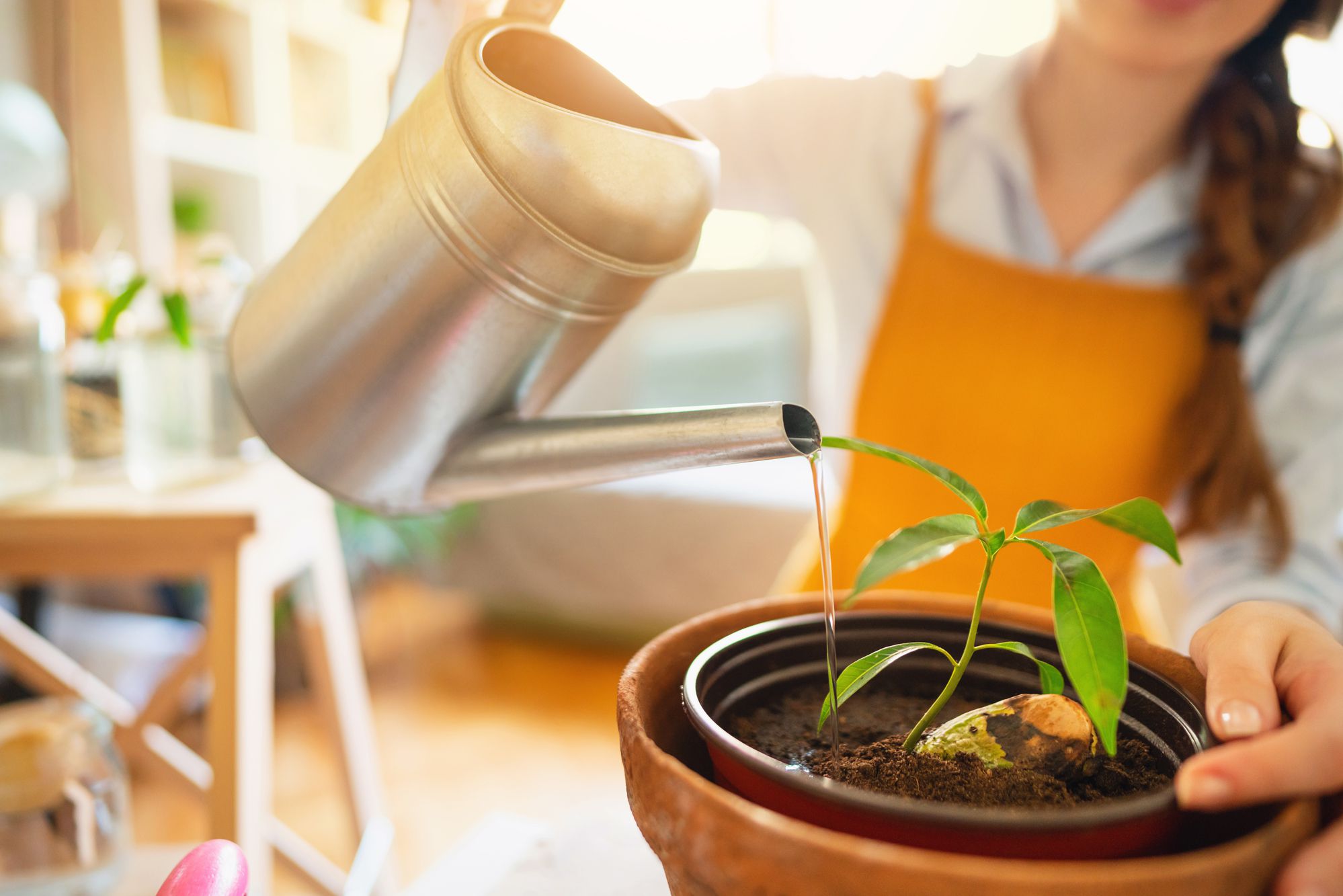
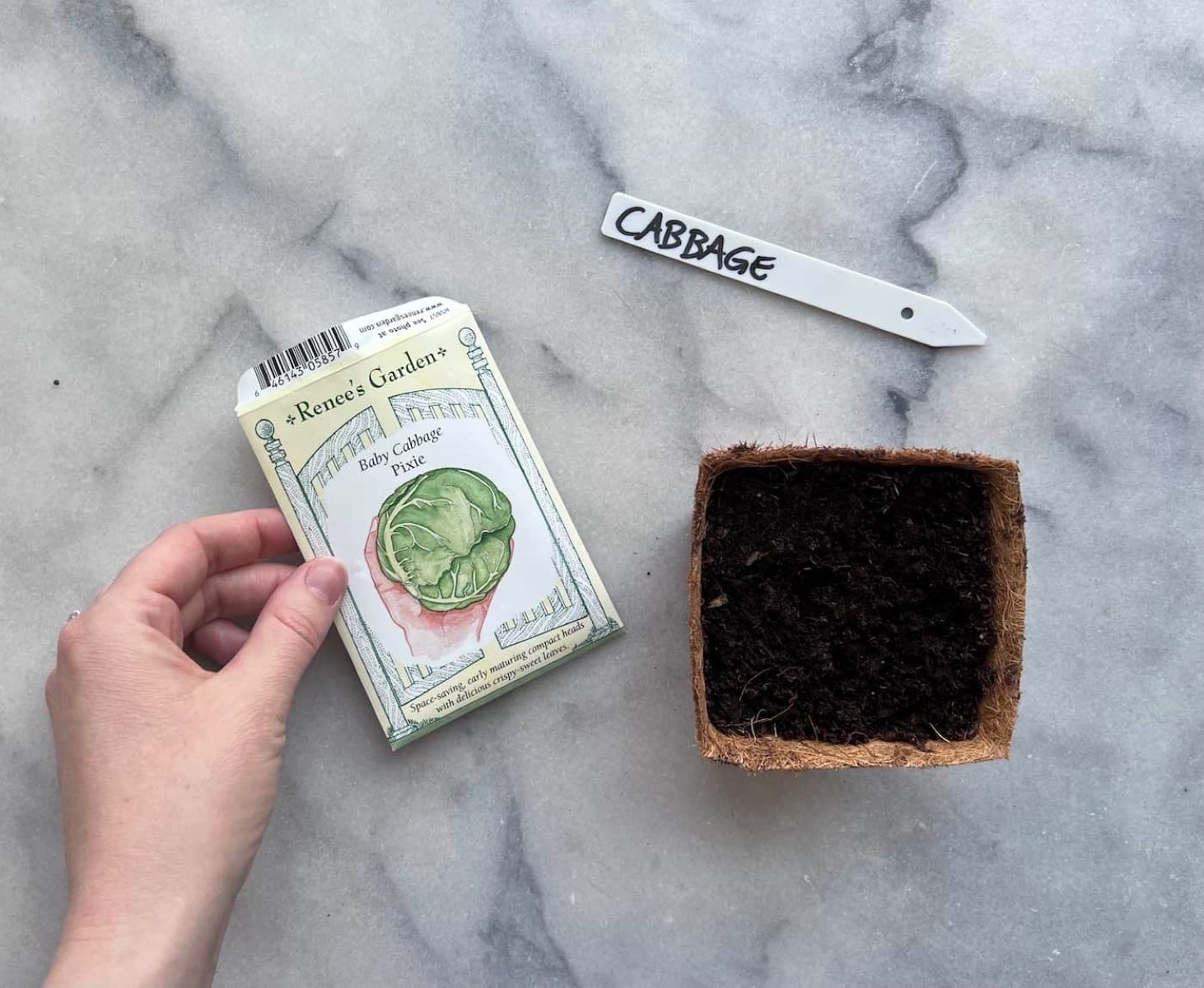
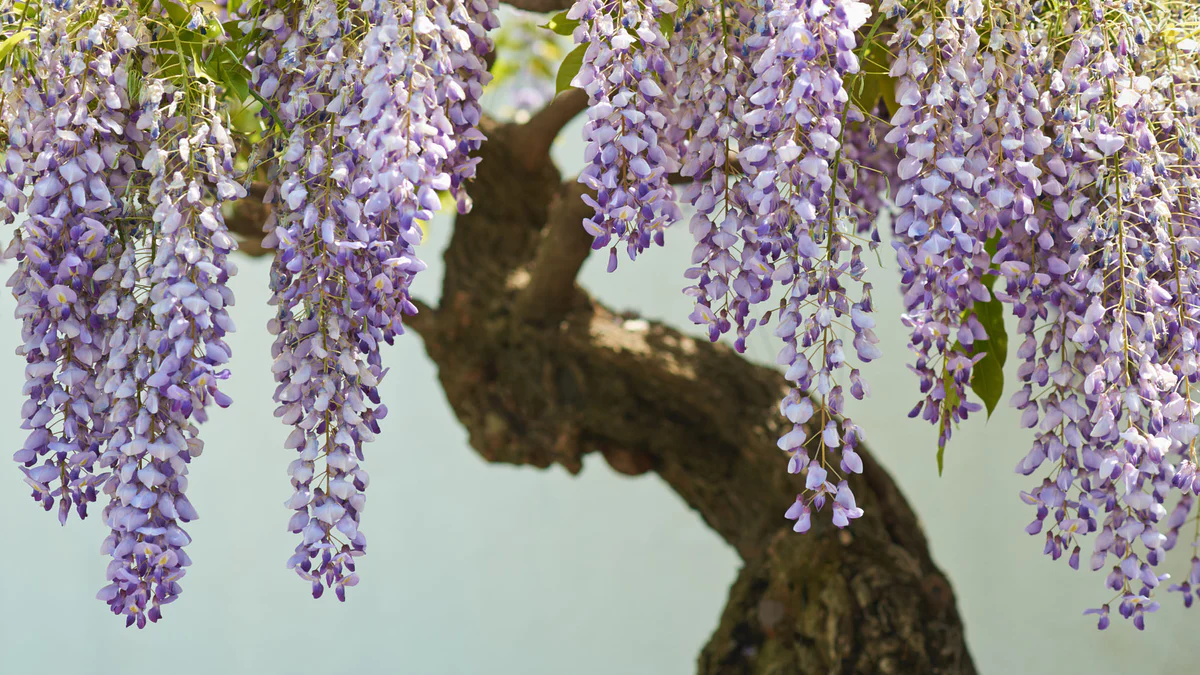
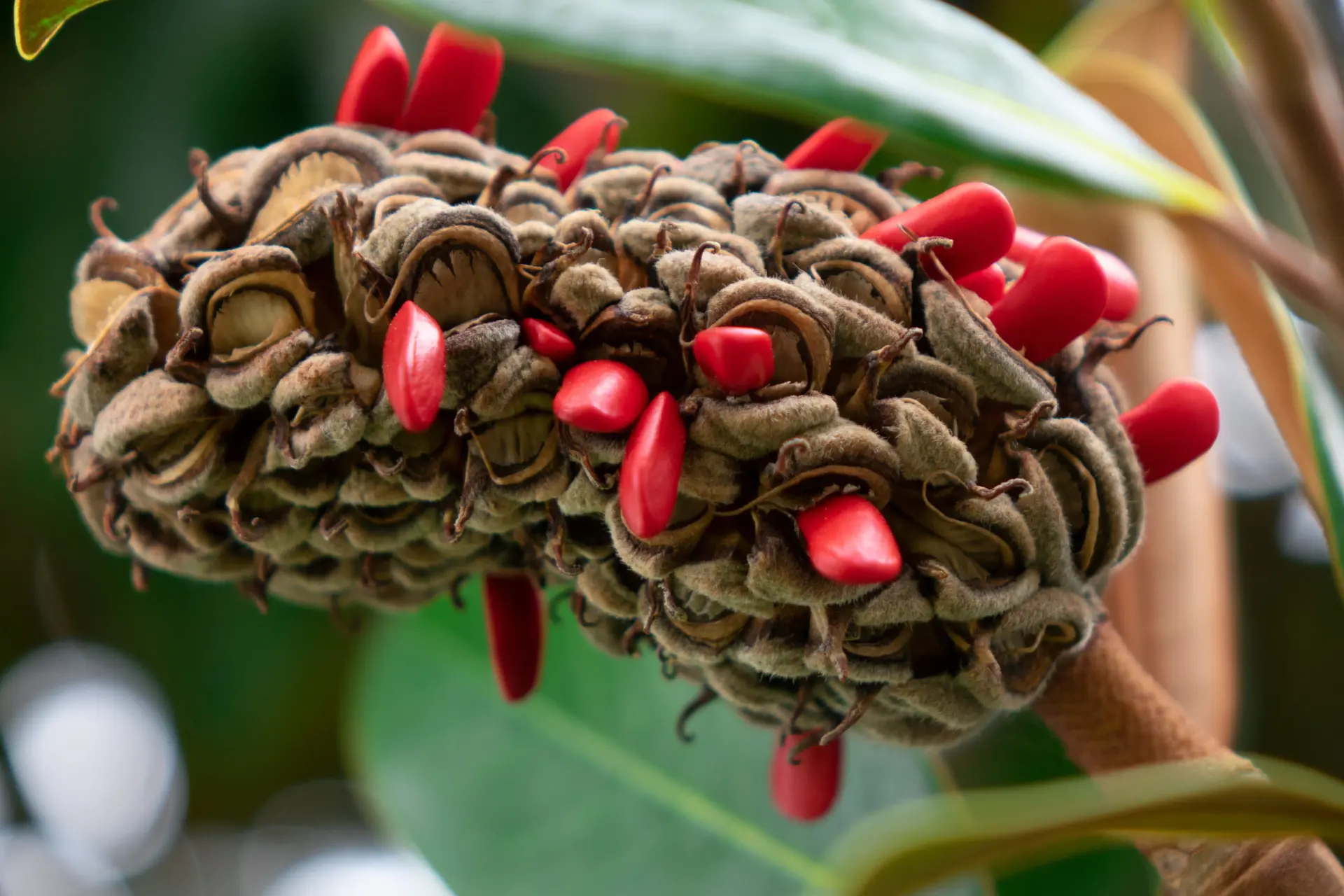
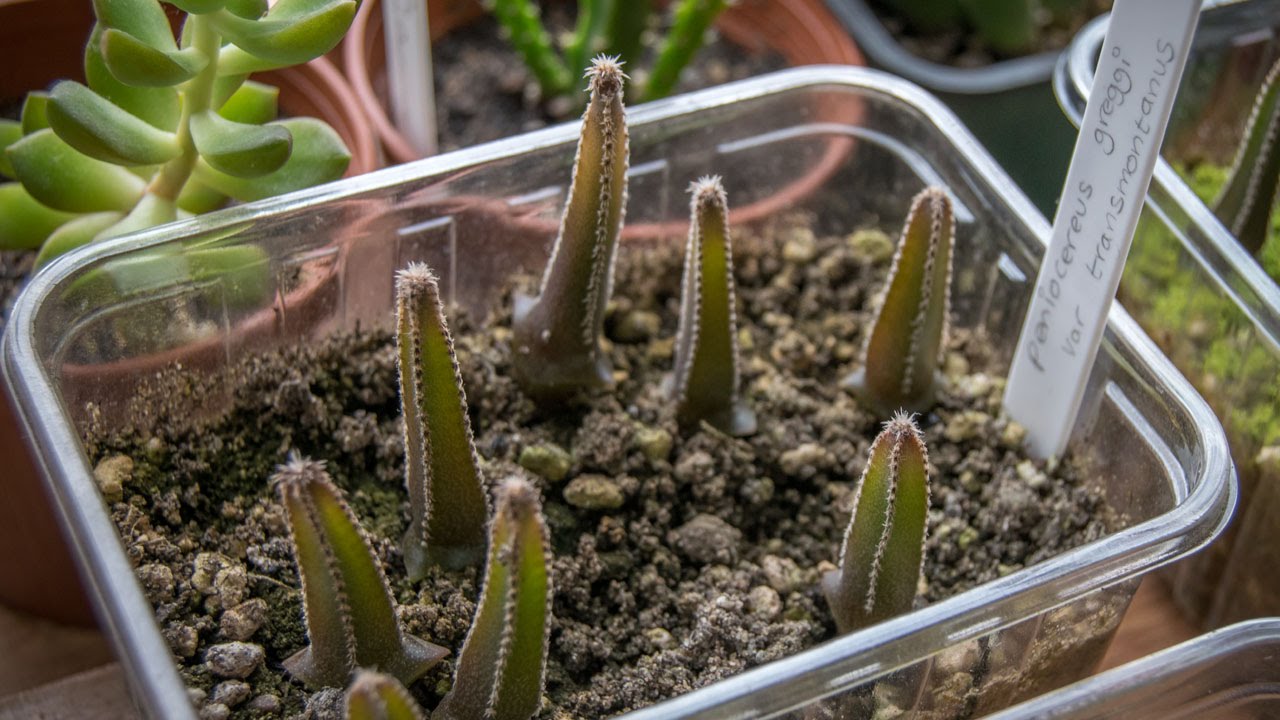
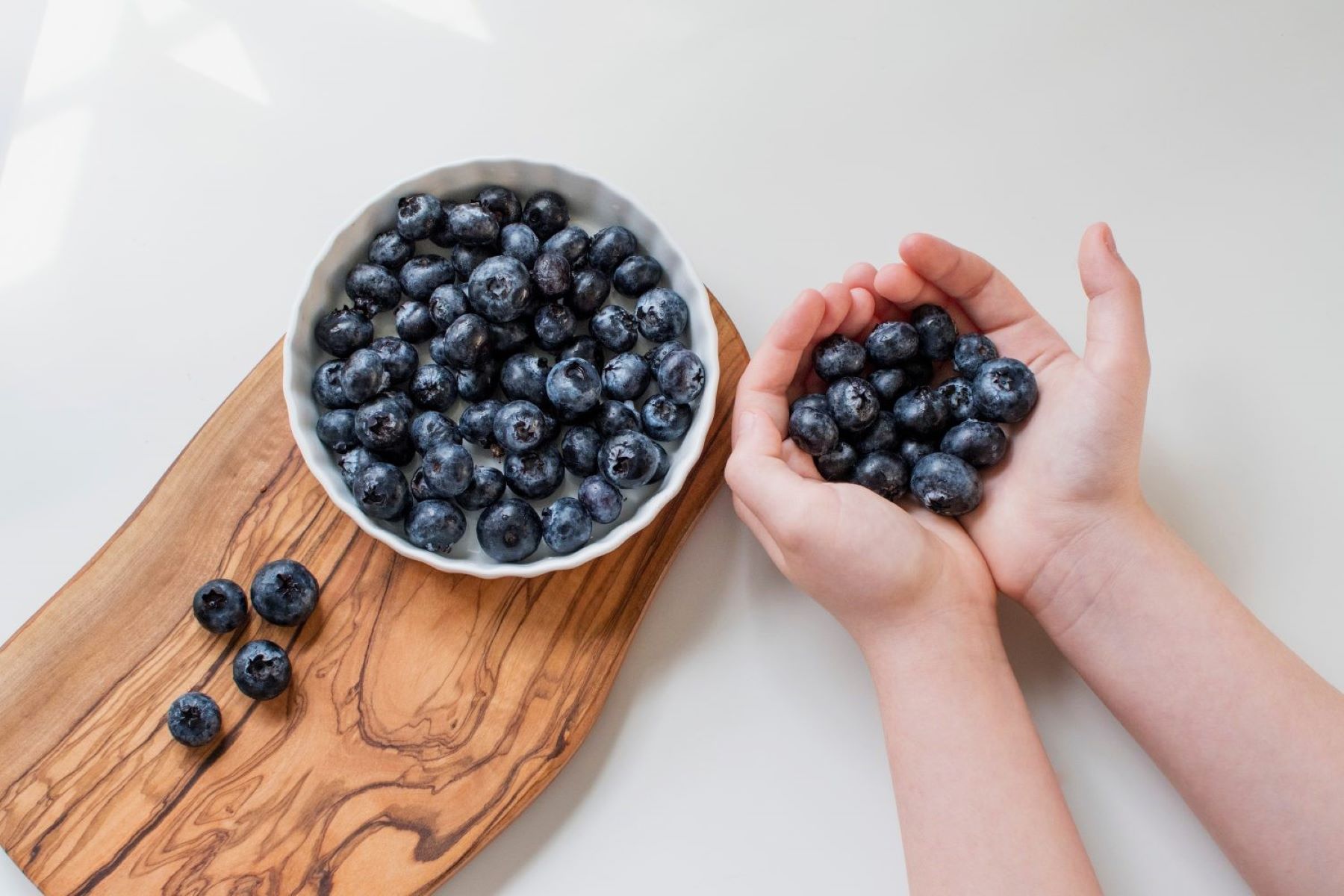
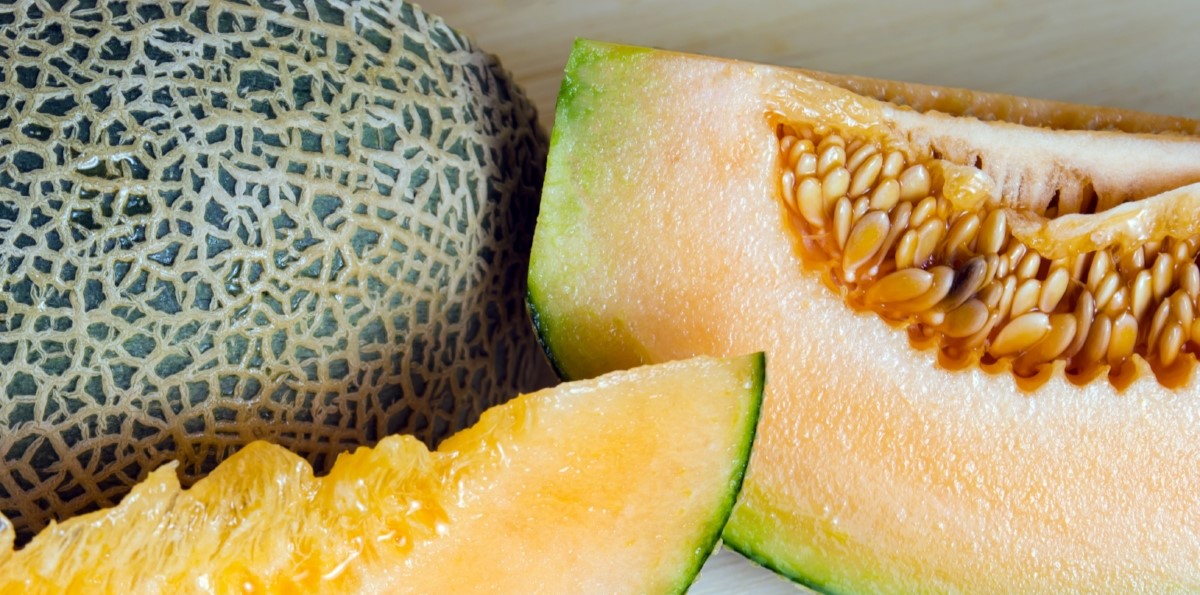
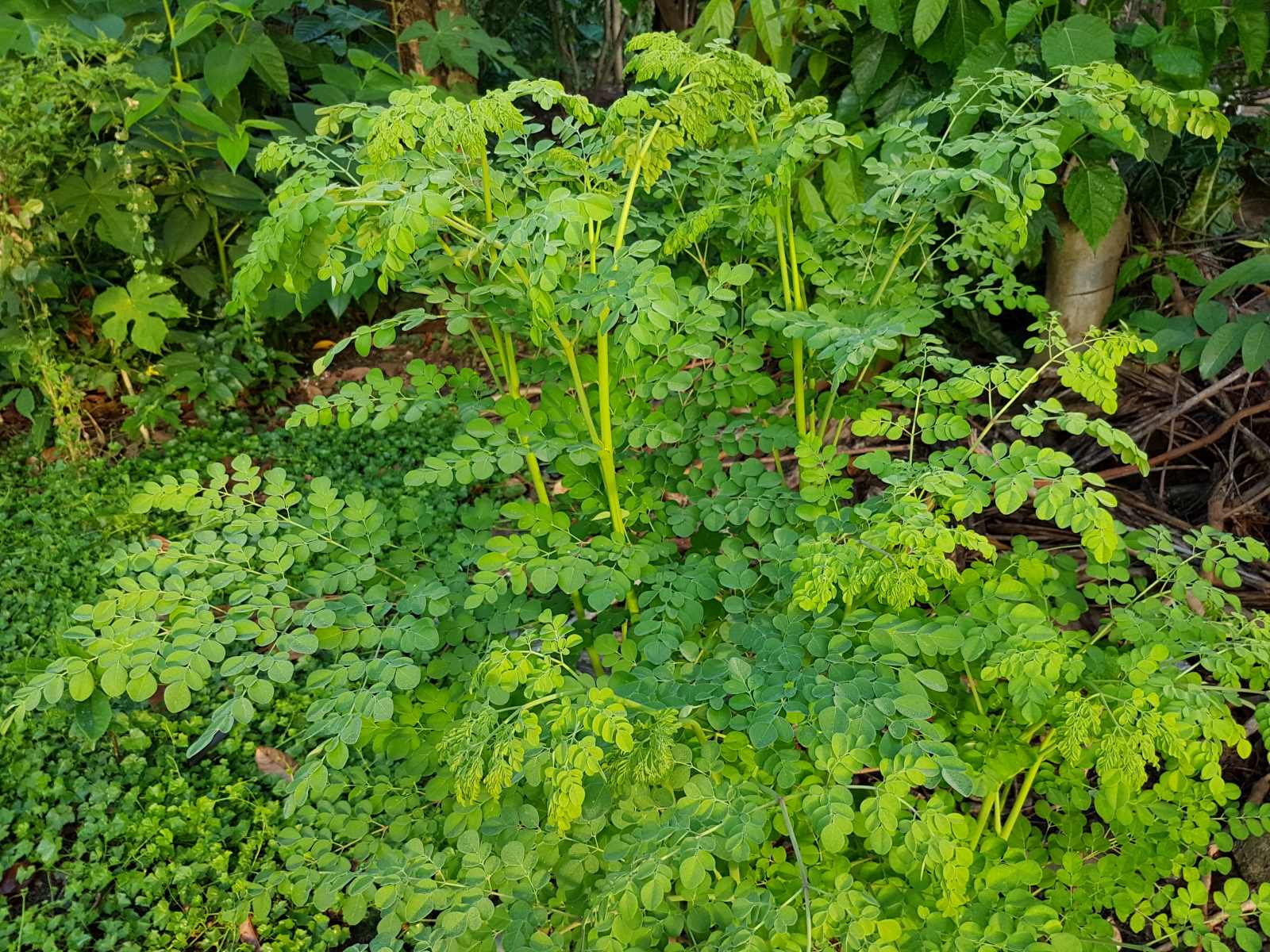
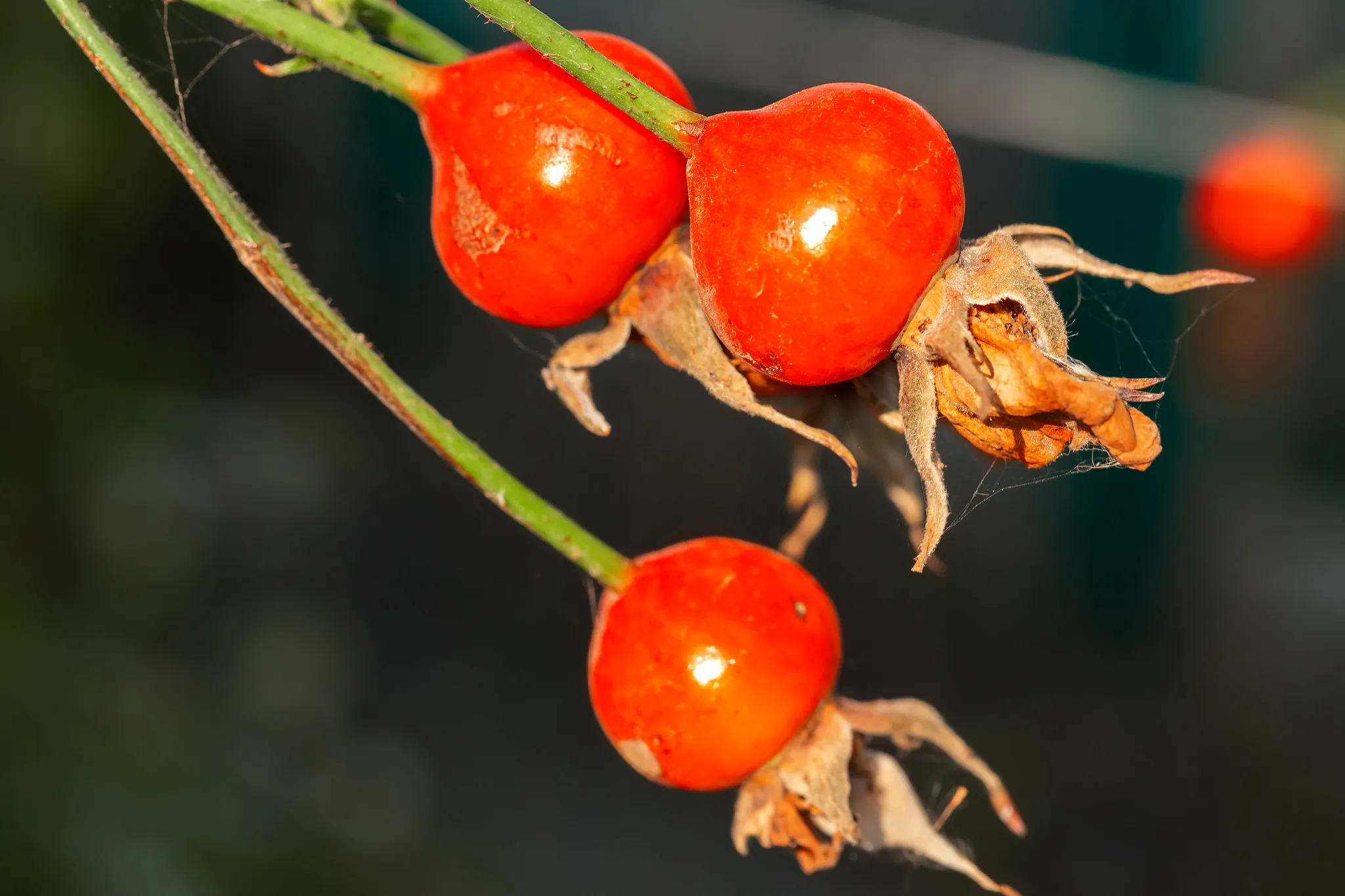
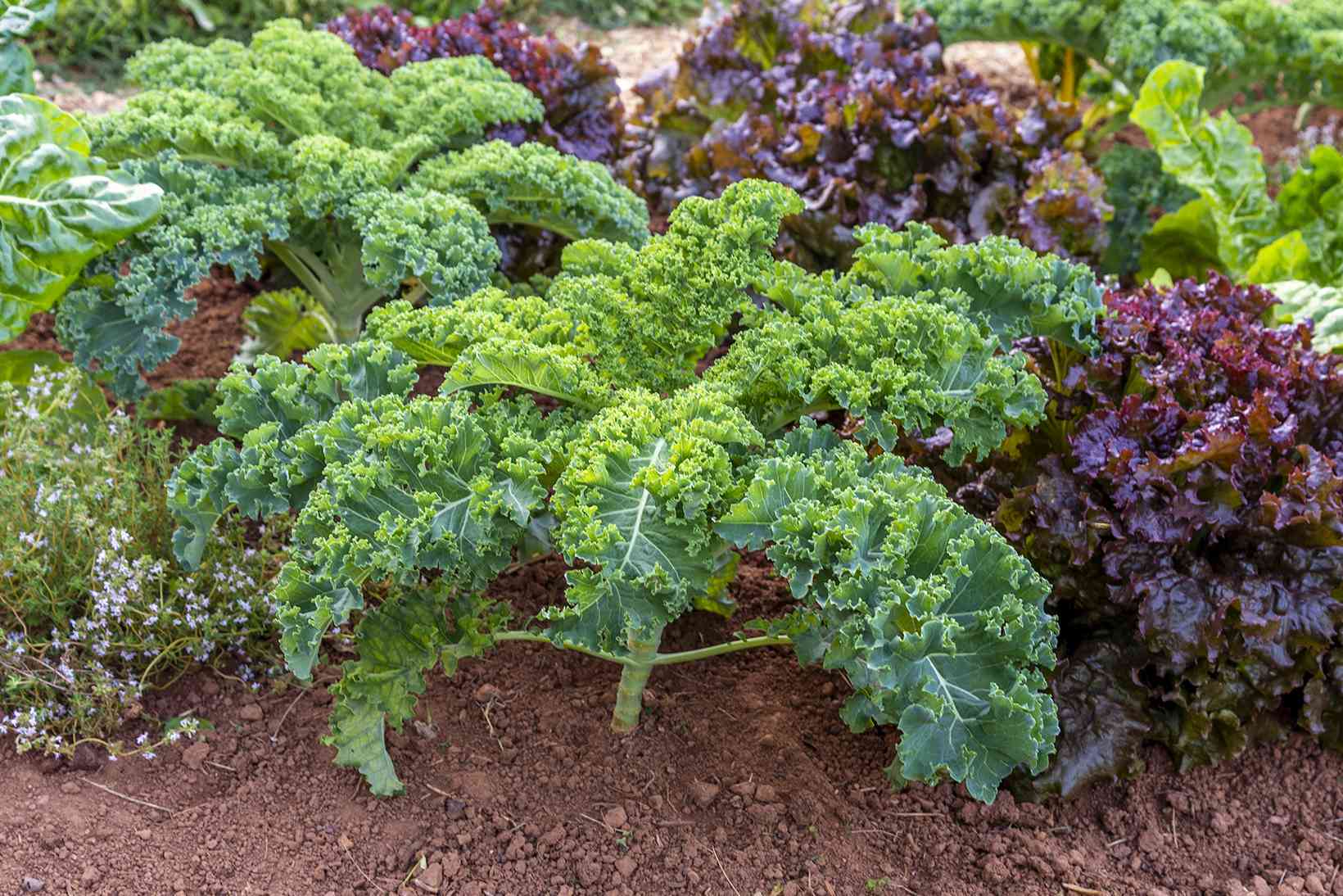
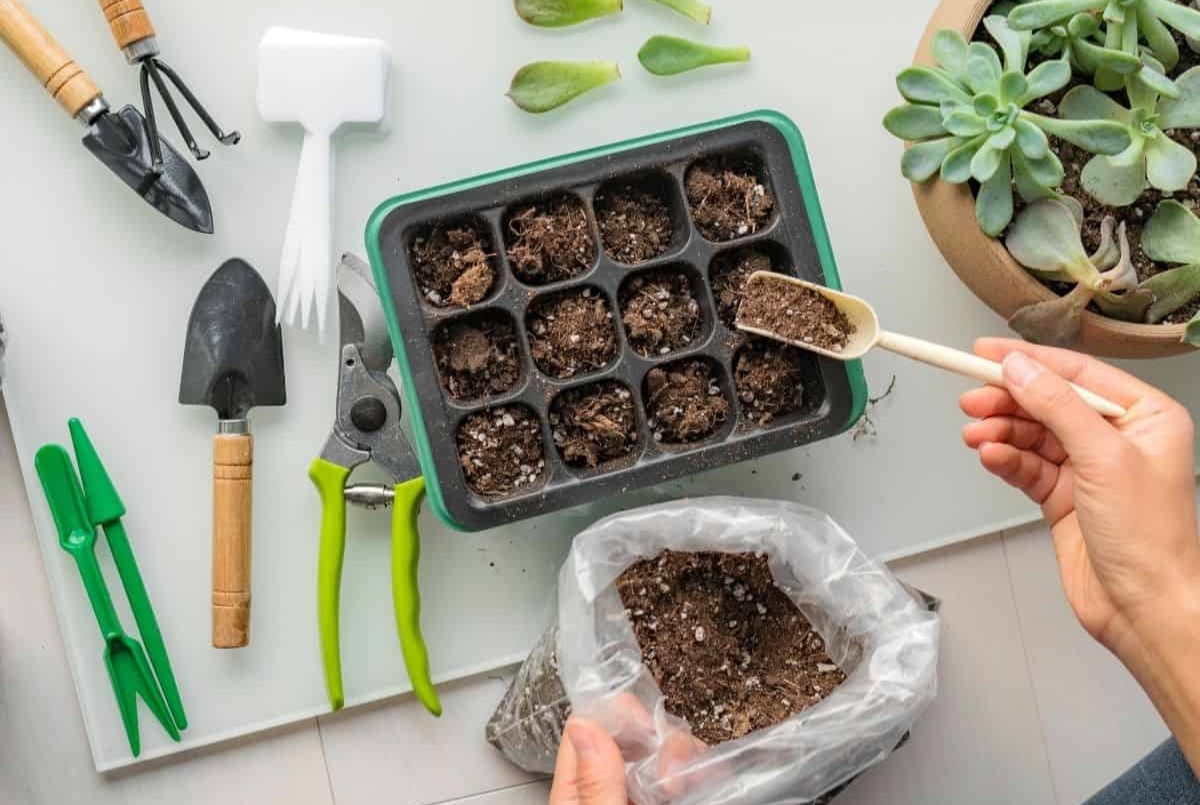
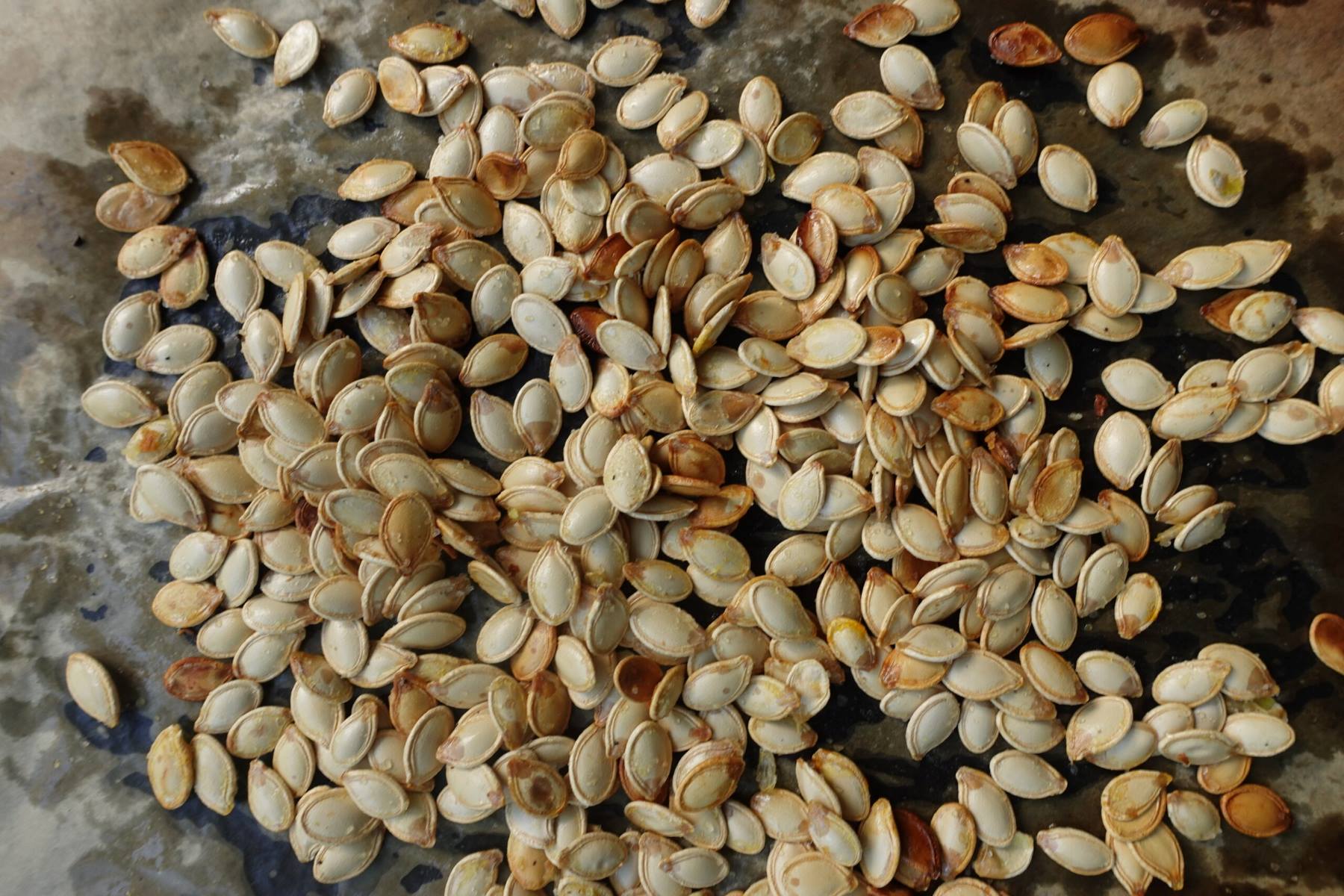
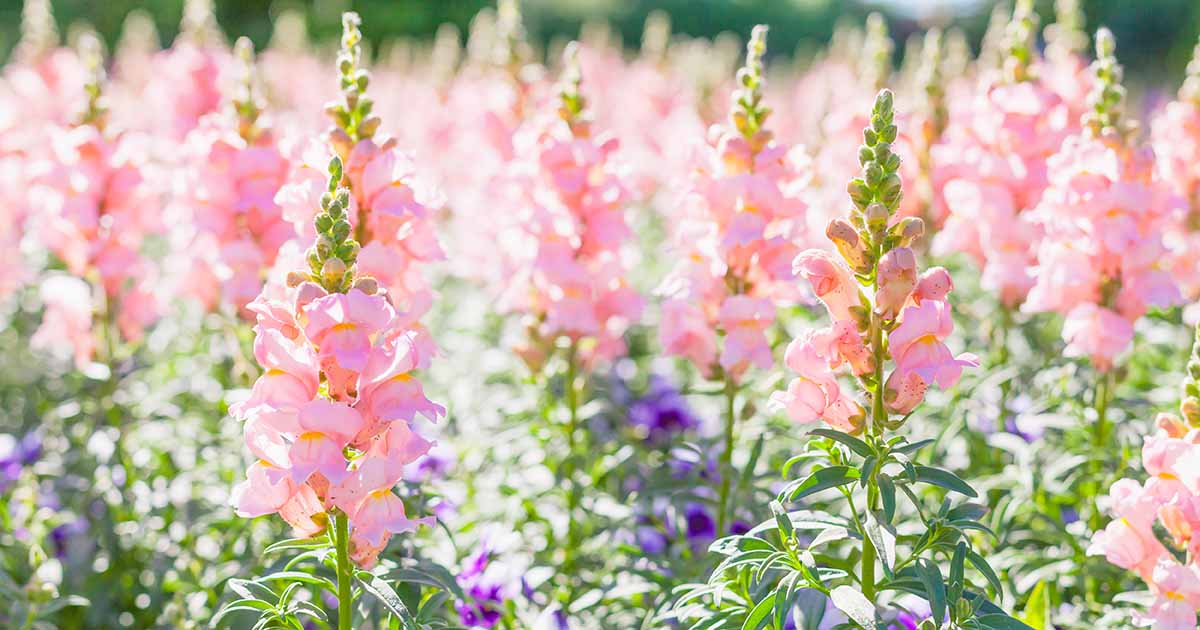
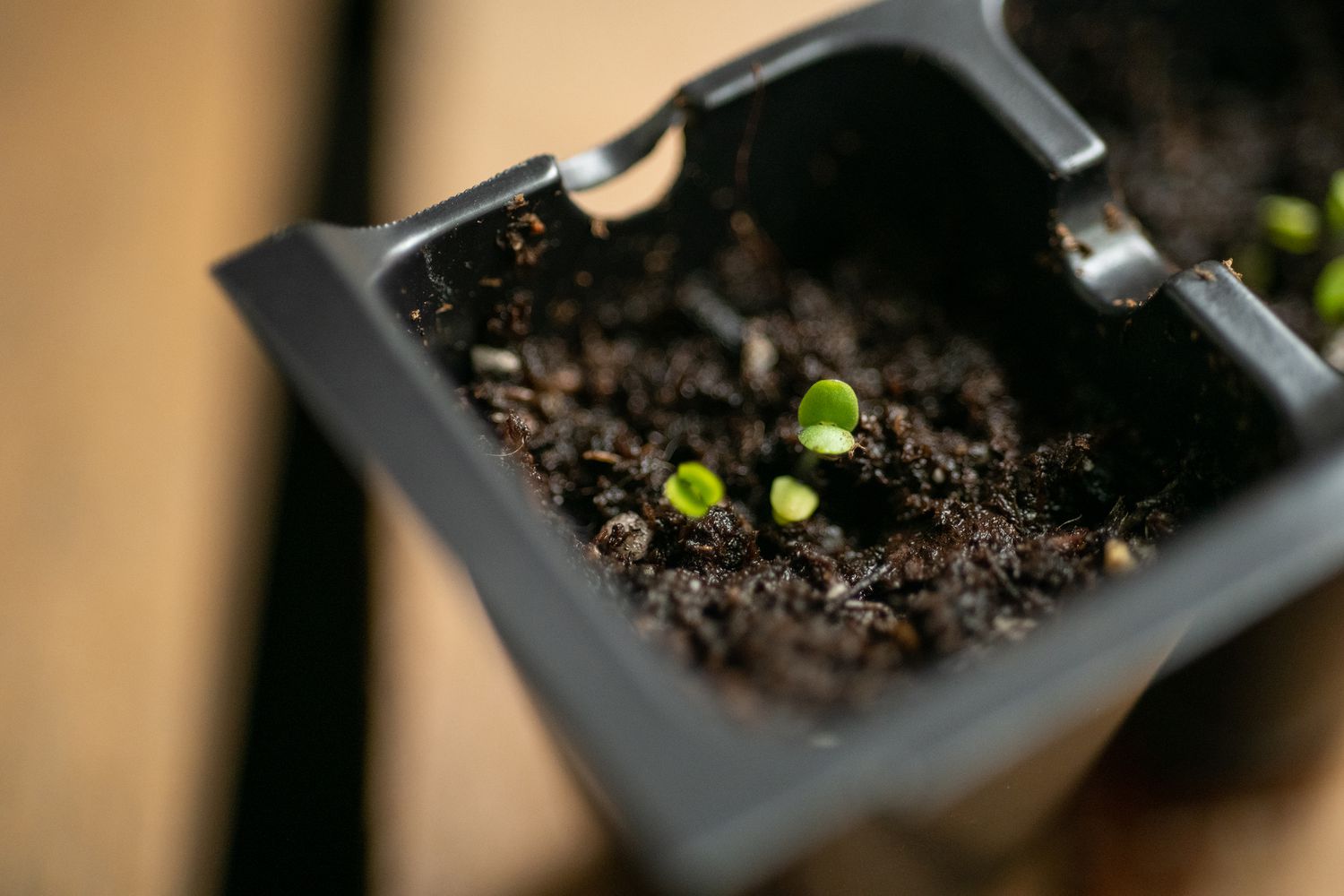

0 thoughts on “How To Start A Mango Seed”